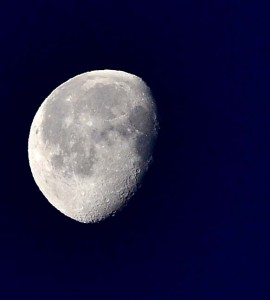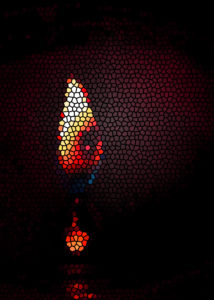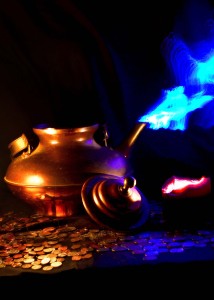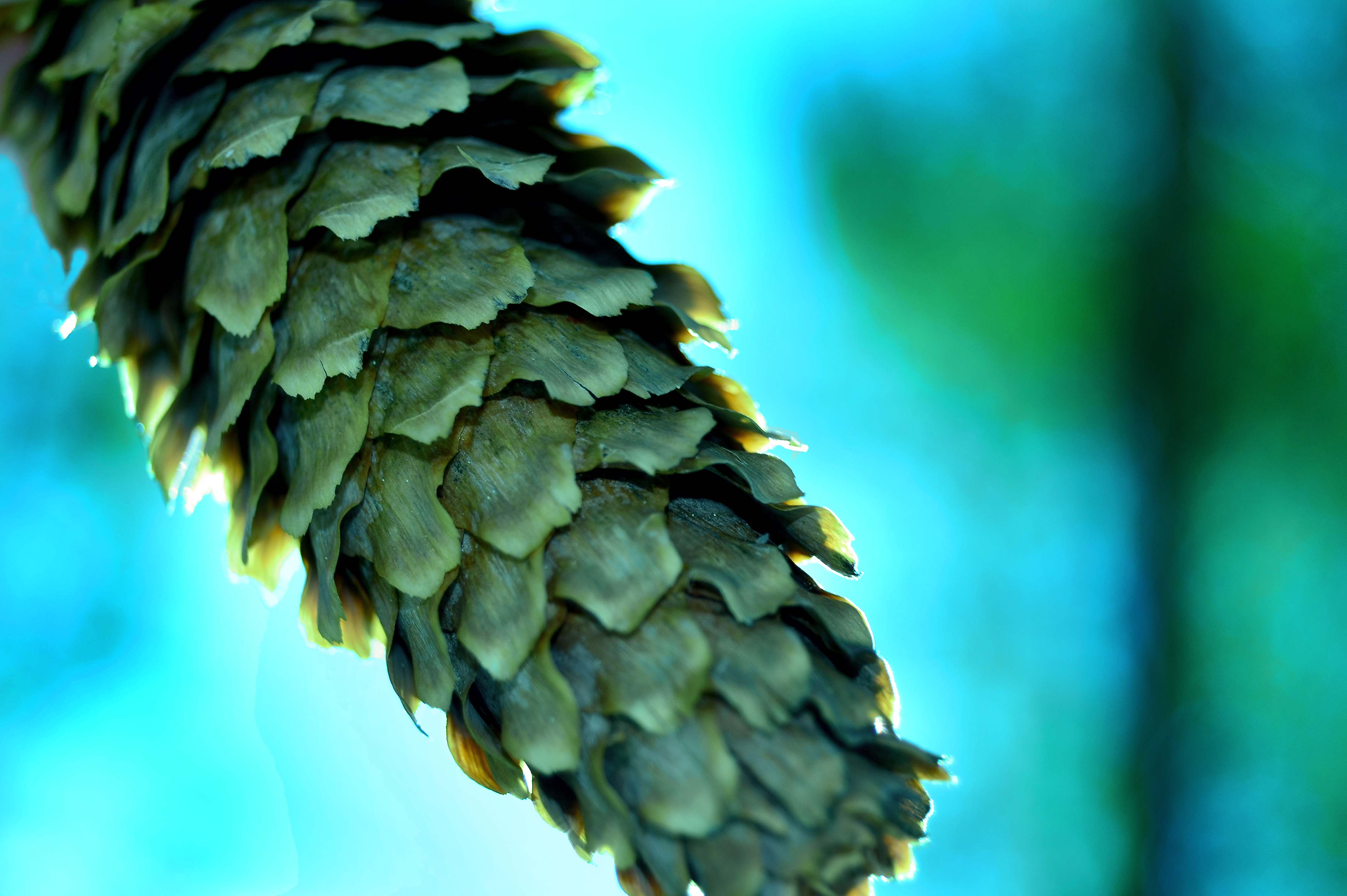How to Write Color Part Three
So we come to the last part of our series on descriptive writing – how to write color. You can access Parts 1 & 2 here or through the blog page.
Today is all about the most important medium in understanding color: light.
Light affects and changes the texture of the world around us. It changes matter to color, shadow to depth, and beauty to wonder.
Sunlight is warmth, moonlight is romance. Daylight is refreshing, darkness can be cool – or frightening.
Something that looks harmless in daylight (like a glow-in-the-dark yoyo) can become like a sinister, glowing eye in the darkness.
Something that is all but invisible in darkness – a red wagon – is a vivid show stopper under the light of the sun.
Candlelight, Christmas tree lights, flashlights, headlights, lamps, and stars. Reflections…rainbows…sunrises…
You get the picture. So, for the next three exercise, we are going to work with how light changes the texture of our color writing.
Exercise 7. A Blade of Grass.

Go find a single blade of grass. Whether it is fresh and green, or headed out and yellow, it doesn’t really matter.
First consider it in its natural environment. As you can see from the picture, this is something I tend to do.
Assuming you have a stalk that is headed out, what is the color? Dull yellow, brassy gold? Pretty, feathery…easily passed by. Does it stand out or blend in? Describe it.
Now – pull it out, or lay down on the ground and get under it. Line it up with the sun – NO! Don’t look straight at the sun! When I take my sunspot pictures I usually have sunglasses on, and I use my camera and multiple pictures to these “light-on-the-lens” effects.
But line it up so that the stalk of grass is very well backlit.
For a variation on this exercise, try this while wearing high Polaroid sunglasses. The effect will be very dramatic.
Now how many colors can you see? Is the grass against the blue sky? Is it a bright yellow and fiery, flaming gold? How many shadows are there? Describe this, and compare it to your first analysis.
Almost anything can be written about in this way – including emotions. As you describe the surroundings of your characters, remember that color can influence everything.
And light influences color.
Exercise 8. Moonlight.

If you live in a city, you might want to make a special note to go out to an area with low light pollution on a clear night. If you see the moon all the time, try doing this off the top of your head.
The moon changes intensity with its season, on the night of a crescent moon you can barely see your hand in front of your face, while on the night of a full moon you don’t need a flashlight.
But the moon has other beauties. It affects landscapes; the severe black-and-white effect is worthy of any classical movie.
It eclipses the stars, and can enhance them. It grows nearer and farther. It can appear red (rarely), or rich golden during the harvests.
It can be a chilly companion on a winter night, or a bright jewel on a blue-toned summer evening.
And when it is surrounded by clouds, it can create a broad range of light and color.
Try describing the moon in three phases: full, ¾, and crescent.
Now try viewing it behind cirrus clouds, and then behind clouds that almost block it out. Pirates of the Caribbean 1 does a good job of using the moon to create color and feeling.
Exercise 9. Flame.

Flame can provide a variety of different lighting and color effects. (Especially if it’s run through Photoshop! J)
So, you’re going to find three different types of flame, and describe them.
- A soft flame. A candle will work great for this, or a lamp. Even a match or a lighter.
- A gentle fire. Get creative with this. Fireplace, campfire, torches, etc.
- A roaring fire. A bonfire would be ideal, but can you think of any other examples?
Try viewing these at different times of day. A bonfire will make at least a little splash even at high noon. But it will probably appear dirty, greasy and smoky. A candle might disappear completely in the daytime.
Of course, full dark is most dramatic. What colors do these evoke when cast on backgrounds? Faces, stone walls, wood, cars, mirrors…
Dusk and dawn also have interesting effects on flame. A candle can still stand out in murky light, but you need to get it just right, and it won’t last long. Very magical.
How about mist? Fog has a strange effect on any light.
Exercise 10. Artificial (manmade) Lighting.

Finally, of course, we come to the great matter of manmade lighting. (Although I suppose that you could argue a candle is manmade light.) But I mean lightbulbs, fluorescent lights, etc.
So here’s a few things you can try.
- Take a picture of a still life under lamplight and under daylight. It doesn’t have to be a great shot, but try using the exact same settings.
- Walk into a supermarket. Most big stores, like super Wal-Marts, combine fluorescent and skylights. What effect does this achieve?
- Turn on a string of Christmas tree lights, how does this compare to the light of a candle through a colored candle holder – for instance.
Basically, have fun with this. Artificial light can give things a hard edge, which is why it is often used in edgy type movies. Horror, thriller, action, and so on. Sci-fi, as well, though that is often more affected.
Watch something like the Bourne Identity and the Bourne Ultimatum. Notice when they use natural lighting and when they use artificial. Especially when they use artificial light that has a yellow cast/glow.
Yellow and green lighting can make things feel desperate, or sickly. Flashing traffic lights can be soothing – or frantic. Basically, incorporating the colors in lights, manmade and artificial, can set the tone and mood of a story and character like nothing else.
Final thoughts…
How comprehensive was that? We learned about color, textures, smells, emotions, and lighting. From very basic concepts to concepts that have slowly dawned on me over years of descriptive writing.
And here is one, final, take-home exercise. (I do it all the time.)
When you get a magazine with a front picture that inspires you, keep it. Every once in a while force yourself to go through your stash and write at least a 100 word descriptive essay on a great cover photo.
Matching your imagination to reality is your first step to expanding your skill set.


Hi There! We are looking for experienced people that might be interested in from working their home on a part-time basis. If you want to earn $500 a day, and you don’t mind creating some short opinions up, this is the perfect opportunity for you! Simply click the link here NOW!
Hi There! We are searching for some people that might be interested in from working their home on a part-time basis. If you want to earn $500 a day, and you don’t mind creating some short opinions up, this might be perfect opportunity for you! Simply click the link here NOW!